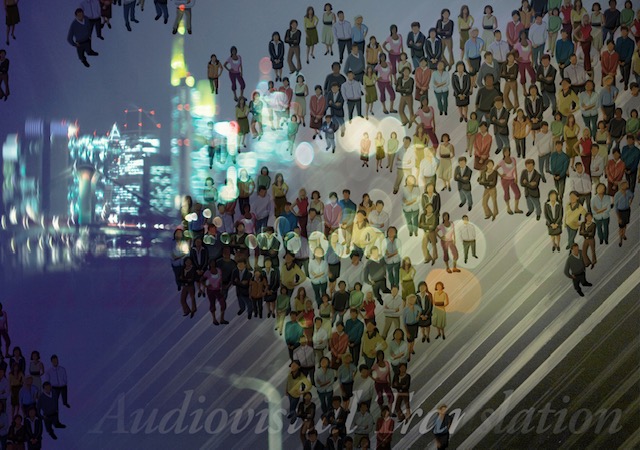The Avatars of Prometheus: Mythical Phantasmagorias in Shelley and Rimbaud
DOI:
https://doi.org/10.13133/2239-1983/18239Abstract
This essay outlines the alternative tradition of a ‘fantastic’ Prometheus throughout the 19th century. The main points of reference are Shelley’s Prometheus Unbound, Rimbaud’s Lettres du voyant and Illuminations. The myth of Prometheus plasticator and ‘second maker’ allows Shelley and Rimbaud to shape their respective poetics around the ideal of the poet-demiurge. Their Prometheus is a ‘seer’ who glimpses true reality behind the veil of appearances and, by taking those visions as models, initiates a rebirth and new genesis of creation. He no longer moulds lifeless matter, but the phantasms and shadows of a spiritual otherworld. The results are not living statues, but avatars of reality, replicas animated through the modern form of fire: electricity. His creation is a metempsychosis which does not superadd life to matter, but which proceeds through dissolution, absorption, fusion of subject and object, self and other, in a dynamic flow of multiple and identical lives.
Downloads
Published
How to Cite
Issue
Section
License
Gli autori che pubblicano su questa rivista accettano le seguenti condizioni:- Gli autori mantengono i diritti sulla loro opera e cedono alla rivista il diritto di prima pubblicazione dell'opera, contemporaneamente licenziata sotto una Licenza Creative Commons - Attribuzione che permette ad altri di condividere l'opera indicando la paternità intellettuale e la prima pubblicazione su questa rivista.
- Gli autori possono aderire ad altri accordi di licenza non esclusiva per la distribuzione della versione dell'opera pubblicata (es. depositarla in un archivio istituzionale o pubblicarla in una monografia), a patto di indicare che la prima pubblicazione è avvenuta su questa rivista.
- Gli autori possono diffondere la loro opera online (es. in repository istituzionali o nel loro sito web) prima e durante il processo di submission, poiché può portare a scambi produttivi e aumentare le citazioni dell'opera pubblicata (Vedi The Effect of Open Access).


